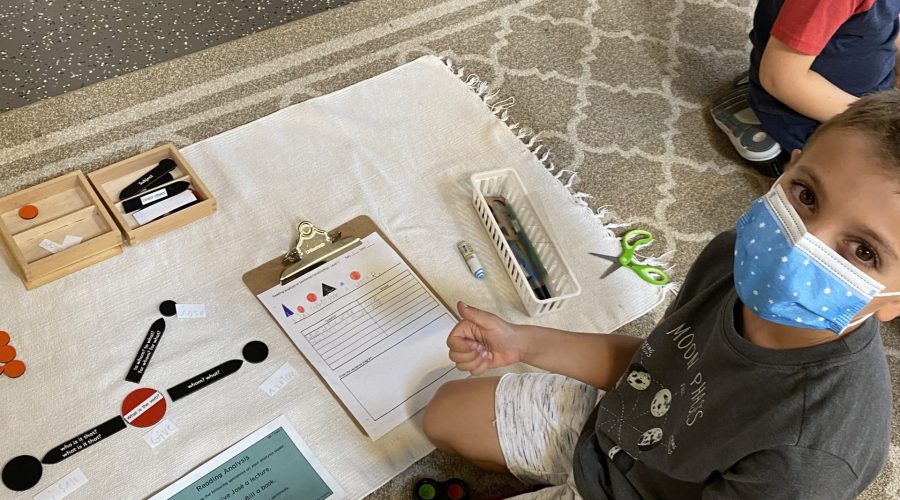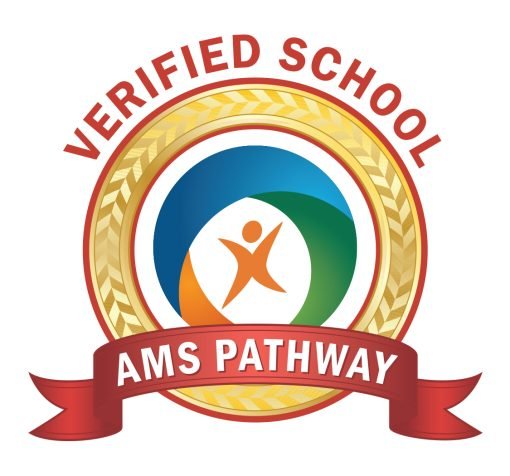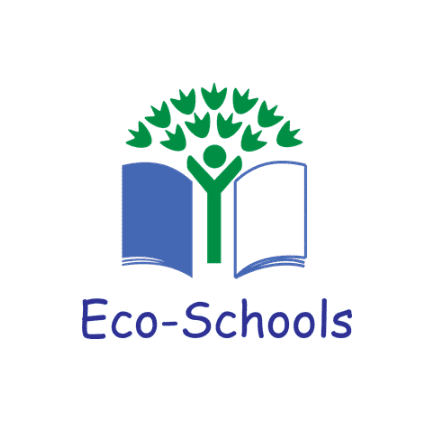One of the main differences between humans and all other species is language. It lies at the root of the transformation to civilization in our environment. Language is an instrument of collective thought. It is truly the expression of some kind of superintelligence.
Maria Montessori, The Absorbent Mind
Maria Montessori believed that language unites groups of people. It helped humans come together and share ideas. Moreover, written language gave humanity access to in-depth knowledge.
The Second Plane of Development
Before understanding the Montessori Language curriculum, we need to understand the child in their elementary years. The Second Plane of Development (6 to 12 years old) is a plane filled with creativity and imagination. A significant difference that we can appreciate in this second plane is the child’s imagination. In this plane, they can understand what happened to those who came before them, and their curiosity soars!
At this time, they are introduced to Montessori’s Five Great Lessons, one of which is ‘the history of language,’ also called the coming of language. This impressionistic story grabs the child’s attention. Then, through more in-depth study, students are introduced to the rules of human communication.
The Montessori Language Curriculum
The Montessori Language curriculum consists of various linguistic components studied by the child simultaneously. As the curriculum spirals up, during a three-year cycle, from the concrete to the abstract, each curriculum area is revisited for further understating.
For example, the introduction of grammar happens organically using miniature environments with impressionistic animals and everyday materials found in the classroom. Next, children begin to explore the function of the word. Then, they are introduced to the parts of speech with beautiful lessons that strike the imagination.
In addition to the above Montessori language activities, children in the Second Plane of Development being learning:
-
- Word study
- Sentence analysis
- Mechanics of writing
- Phonograms
- Reading
- Verb conjugation
New concepts will be introduced once the child reaches upper elementary, and some others will be revisited.
Montessori Language Activities
The Montessori language material is a treat to the eyes. Each part of speech is represented by a wooden symbol with geometrical shapes (triangles, spheres, rectangles, etc.). Some lessons will consist of a story that explains the use of this symbol, and children are encouraged to use these wooden symbols to represent the function of the word.
Other Montessori language activities and lessons are illustrated with three-part cards that make it easier for the child to interact with new information. This kinesthetic approach helps the child have a visual and sensory experience, and therefore, better understand how language is organized and applied.
The Montessori Language Curriculum Difference
In conventional education, usually, the child listens to the teacher give a lecture and is given a worksheet or forced to write when they have nothing to say. The Montessori Language development approach is entirely the opposite.
The study of language in the second plane takes place at a slower and steadier pace. The child is exposed to the external world and is given the time to make logical connections to learn and write his own story freely. The purpose of the Montessori Language curriculum is not to “teach” and make the child memorize but to foster a love of learning.
Want to learn more about the Montessori House for Children and Elementary School in Richmond, Texas? Schedule an in-person or virtual tour today.




